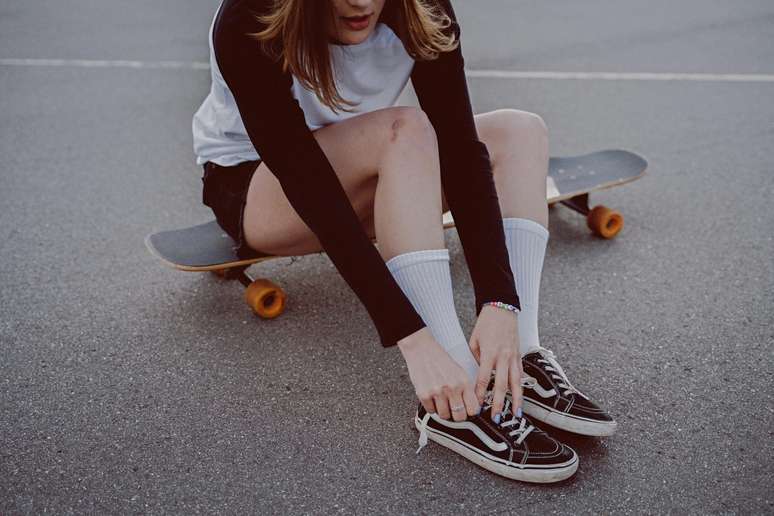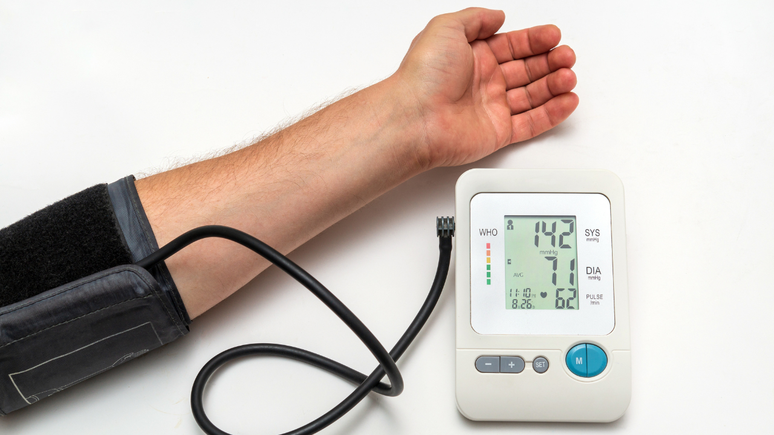The orthopedist explains why women are more likely to suffer from knee injuries You will surely have heard of several people who have suffered from knee injuries, especially when doing physical activity, even if this is not a risk limited to those who practice physical activity physics. Regardless of gender, the knee is […]
Orthopedist explains why women are more likely to suffer from knee injuries
You will surely have heard of several people who have suffered from knee injuries, especially when they were physically active, although this is not a risk limited to those who practice physical activity. Regardless of gender, the knee is one of the structures most affected by injuries. “This is because it is a large and complex joint responsible for supporting the body and absorbing shocks, and is very stressed during movement”, explains Marcos Cortelazo, orthopedic knee and sports traumatology specialist, member of the Brazilian Society of Orthopedics and Traumatology (SBOT).
They are the most affected
By analyzing the number of cases between males and females, we realized that injuries in this region affect women more. Women who participate in physical activities or sports, for example, are 50 to 100% more likely to suffer a knee injury than men.
“This difference is mainly linked to anatomical, hormonal and daily life factors. Therefore, women must pay particular attention to the health of this joint”, he underlines.
Examples in sport
To illustrate this point, it is worth mentioning that during the preparation of the Women’s World Cup held in France in 2019, it was found that 17 of the 39 players of the Brazilian women’s team had already suffered this type of injury. Furthermore, four athletes had suffered injuries to both knees.
Even the most famous players are not immune to these injuries. An example is Marta, considered the greatest Brazilian player of all time, who suffered a left knee injury at the end of March 2022 at the age of 36, resulting in her absence from the Copa América of the same year. Catarina Macario, another prominent Brazilian-American athlete, also suffered the same injury in June. German player Dzsenifer Marozsán underwent surgery in May due to this type of injury, while Spanish player Alexia Putellas suffered a similar injury in July, a few days before the start of the European Championships.
Risk factors
MALÙ has listed some of the reasons that can favor the onset of problems such as knee ligament injuries, patellar chondromalacia and even arthritis and arthrosis.
- Anatomy: Men and women have different anatomies. “In general, women have a wider pelvis (gynecoid), tend to have valgus (bowed inward) knees, and have a greater quadriceps angle. These factors cause biomechanical and alignment changes, especially in the lower extremities, thus increasing the susceptibility of women to suffer from pathologies such as patellar chondromalacia, characterized by the softening of the patellar cartilage”, explains the orthopedist.
- Menstrual cycle: The hormonal changes that occur during the menstrual cycle have a significant impact on the joints, which makes women more or less prone to injury depending on the phase of the cycle they are in. “Joints, as well as the cartilage that protects them, have receptors for estrogen, a hormone that helps maintain the health of these structures. Therefore, when estrogen levels change during the menstrual cycle, these structures become more fragile There may be increased laxity in the ligaments, which favors, for example, the occurrence of injuries to the anterior cruciate ligament (ACL),” says the doctor.
- Menopause: Menopause is another factor in women’s lives that affects joint health, precisely because it causes hormonal changes. “As hormone production changes during menopause and estrogen levels decline, joints become more inflamed, causing pain in areas such as the hands, knees and shoulders and promoting the onset of conditions such as arthritis and osteoarthritis,” adds Cortelazo, who states that this hormonal change that occurs during menopause also promotes bone loss, leading to osteoporosis and, consequently, increasing the risk of fractures and knee injuries.
The problem of high heels
Heels are part of practically every woman’s wardrobe, that’s undeniable. However, in addition to the above-mentioned list, excessive use of these shoes can harm knee health. “When wearing high heels, the distribution of weight during walking is altered. This ends up focusing on the knee, which ends up putting more stress on the joint in the region, thus promoting wear, mainly on the kneecap cartilage. Consequently, the risk of pathologies such as patellar chondromalacia and arthrosis increases”, explains the doctor.
Preventive care
But what can be done to prevent these lesions from appearing? It depends on the case. As for high heels, the expert warns that the solution can be simple. “The ideal is to avoid wearing this type of footwear whenever possible. Otherwise, opt for options with lower heels and wider toes,” he advises.
The reality is that most of these factors cannot be changed or reversed, as they are innate characteristics of women. However, you can take some general precautions to keep your knee healthy for longer and prevent more serious problems. Some of these activities include stretching, maintaining weight control, eating a balanced diet, and practicing muscle-strengthening exercises. It is also best to avoid overloads in training and perform the movements with appropriate techniques that are adequately adapted to female characteristics. The orthopedist suggests that, especially in the case of menopause, the gynecologist evaluates on a case-by-case basis to recommend hormone replacement therapy.
Additionally, the doctor leaves a warning. “At the slightest sign of pain, swelling or difficulty moving the knee, it is essential to contact an orthopedist to receive the appropriate diagnosis and treatment.”
Source: Terra
Ben Stock is a lifestyle journalist and author at Gossipify. He writes about topics such as health, wellness, travel, food and home decor. He provides practical advice and inspiration to improve well-being, keeps readers up to date with latest lifestyle news and trends, known for his engaging writing style, in-depth analysis and unique perspectives.








